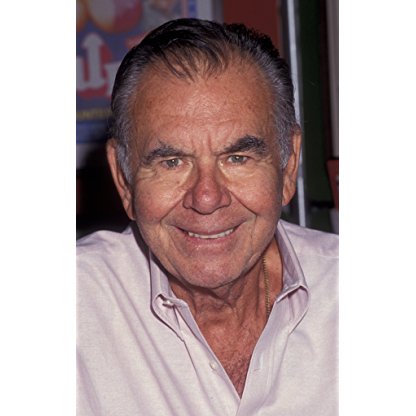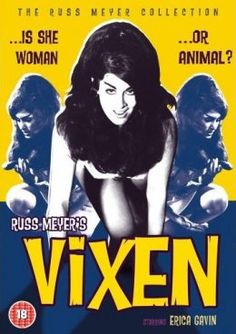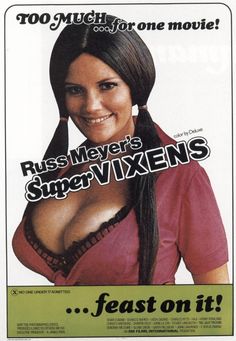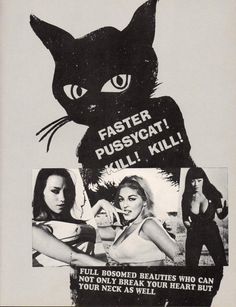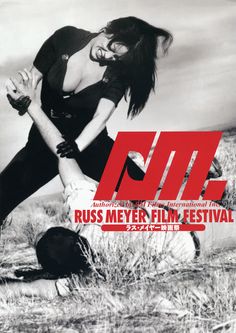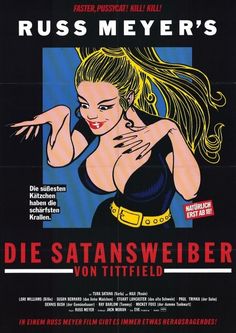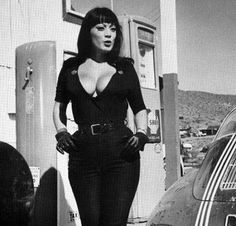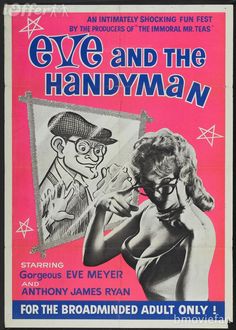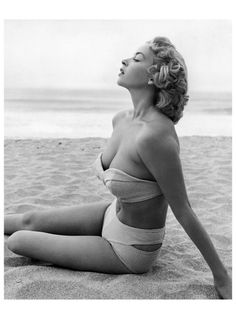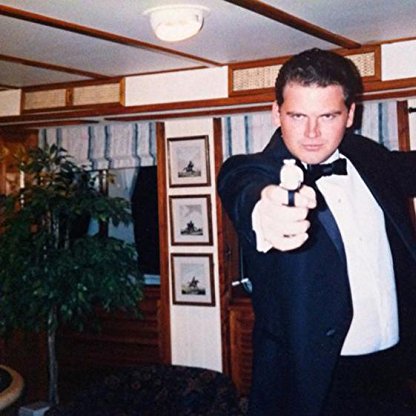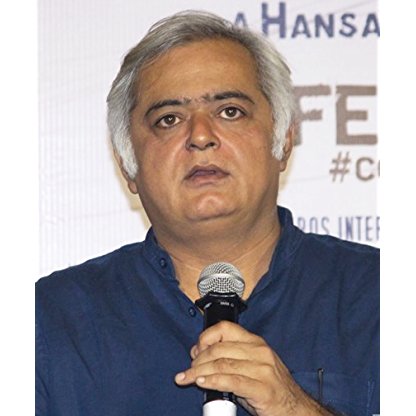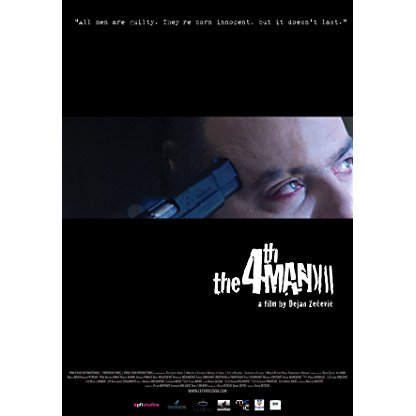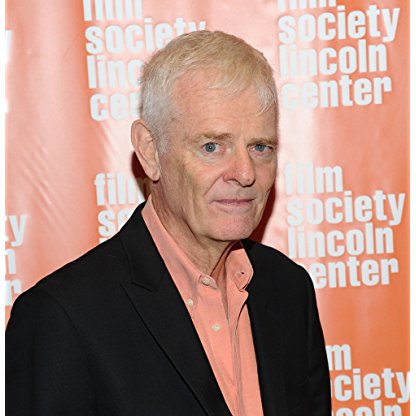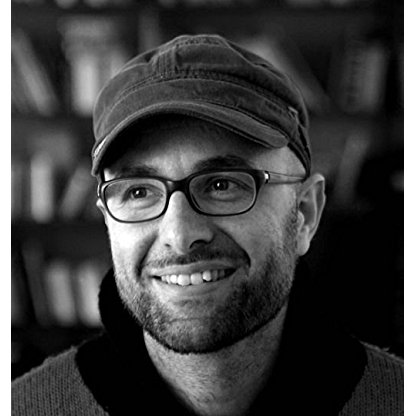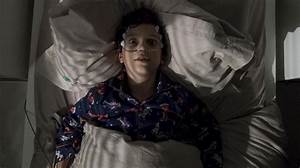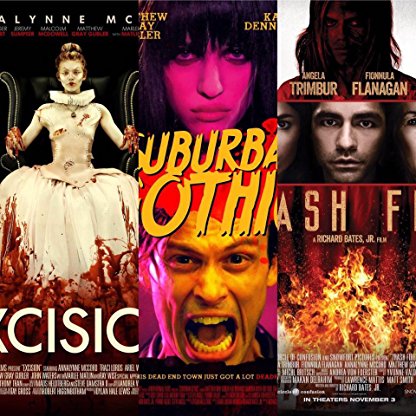His first feature, the naughty comedy The Immoral Mr. Teas (1959), cost $24,000 to produce and eventually grossed more than $1 million on the independent/exploitation circuit, ensconcing Meyer as "King of the Nudies." Over the next decade, he made nearly 20 movies with a trademark blend of odd humor, huge-breasted starlets and All-American sleaze, including such notable films as Faster, Pussycat! Kill! Kill! (1965) and Vixen! (1968). Russ Meyer was a true auteur who wrote, directed, edited, photographed and distributed all his own films. He was able to Finance each new film from the proceeds of the earlier ones, and became very wealthy in the process. Unlike many independent Directors of his era he chose to cast actresses such as Shari Eubank or Cynthia Myers, who were considered extremely beautiful and wholesome.

